How to start a successful padel club?
Let’s get real for a second: opening a padel club isn’t just about throwing down some courts, coming up with a catchy name, and waiting for the players to roll in like you’ve discovered the secret sauce to success. I mean, that’s how some people approach it, but if it were that easy, every other street corner would have a padel club. The truth? Most people screw this up from the start. They oversimplify it.
You see, opening a padel club isn’t just about the physical space—slapping your logo on a t-shirt and hoping for the best won’t cut it. And yeah, sure, you might see a little success if you just go with the flow and wing it. Maybe you’ll get a few bookings, host the occasional tournament, and start thinking, “Hey, I’ve got this!” But here’s the kicker: this kind of surface-level thinking is what separates the clubs that fizzle out from the ones that thrive.
Running a padel club is like trying to host a never-ending party where everyone has to want to come back for more. It’s not about the courts; it’s about the experience you create. You’re not just a court manager—you’re a community builder, a vibe curator, a social glue that holds the padel scene together in your area. You’re competing in a fast-growing market, and if your club doesn’t feel like the place to be, players will quickly move on to the next thing.
The biggest myth? That simply offering a place to play is enough. No, it’s not. You’re building something far more substantial—a place where people feel like they belong, like they’re part of something. And trust me, that feeling is what separates clubs that survive from the ones that become just another post on someone’s Instagram feed.
So, let’s talk about what it really takes. It’s about standing out in a sea of clubs popping up everywhere because let’s be honest, the padel scene is exploding right now. If your club’s not offering something extra—something people can’t quite put into words but feel every time they walk in—you’re just another number in the game.
You need more than good courts, more than a few scheduled tournaments. What you need is to create an environment so magnetic that people can’t wait to come back. It’s about crafting an experience that resonates with the community, making your padel club the spot everyone talks about, not just the spot people occasionally visit when there’s nothing better going on.
Your club needs to hit that sweet spot of being professional but not corporate, welcoming but not pushy, competitive but not elitist. And that’s a balance most people can’t strike because they’re too focused on just getting bodies through the door, instead of asking, “What makes people want to stay?”
So before you dive into your new venture, ask yourself: are you ready to go beyond just managing bookings and court time? Are you ready to become a central figure in your local padel community? Because that’s what it takes—creating something bigger than just a place to play. You’re building a vibe, a tribe, a place that people want to be part of.
And if you can wrap your head around that, you’re already ahead of most people trying to break into the padel scene.
“If we have the best courts, people will come.”
It’s All About the Experience
Let’s get one thing straight: you’re not just opening a padel club—you’re crafting an experience. It’s like the difference between a cheap cup of coffee from a vending machine and a perfectly brewed cappuccino at your favorite café. One is functional; the other is an experience. And people will always choose the experience. So, ask yourself, what kind of vibe are you creating? Is your club the padel equivalent of a sterile, corporate gym, or is it a place that feels like a second home, where players walk in and immediately feel like they belong?
People don’t just want a court to play on; they want a club where they feel seen, welcomed, and connected. And that’s where most clubs miss the mark. They focus on the technical aspects—good courts, decent lighting, maybe a locker room that doesn’t smell like a high school gym—but they completely overlook the fact that those things alone won’t keep people coming back.
Here’s the thing: people forget how well the court was maintained, but they remember how they felt while they were there. Think about it—do you keep going back to your favorite restaurant because they nailed the lighting? No, it’s because the atmosphere is right, the staff treat you like a human being, and every time you leave, you’re already thinking about your next visit. That’s exactly how you need to run your club.
So, what vibe are you creating? Is it laid-back and friendly, or does it feel like another spot people go to grind through a workout? It’s these little things—the human touches—that make all the difference. Customer service isn’t just about booking courts and collecting payments. It’s about making people feel like they’re part of something bigger than themselves. It’s that moment when a player shows up for the first time, and instead of feeling awkward and out of place, they’re greeted by name, shown around, and introduced to other members. It’s your staff having the kind of positive energy that makes even the most hesitant player feel like they’ve found their people.
Then there are the amenities. We’re not just talking about clean bathrooms and a stocked vending machine. What if your club has a cozy hangout area where players can chill after their games, grab a drink, and swap stories about their epic volleys and crushing defeats? Maybe you’ve got comfortable seating, a place for people to charge their phones, or even a little café where members can refuel with a smoothie. It doesn’t have to be fancy, but it does have to feel thoughtful.
Look, we’re all human, and humans love comfort. A place that feels welcoming, that has little touches to make life easier, that encourages people to stick around after they’ve played—that’s the kind of place that builds a community. It’s the place people will go out of their way to visit, even if there’s a club five minutes closer. Why? Because it’s not just about the padel; it’s about the experience they have when they’re there.
Too many clubs fall into the trap of thinking, “If we have the best courts, people will come.” And sure, maybe they will. Once. But will they keep coming back? Probably not. Why? Because good courts are just the baseline. Everyone has them. What sets your club apart is the feeling you create. That’s what people crave—a place where they feel good, where they’re not just players but part of something bigger. They don’t just want a place to play padel; they want a place where they belong.
It’s like hosting a party. You can have the best house, the coolest DJ, and a fully stocked bar, but if the vibe is off, nobody’s going to have a good time. Your club is no different. You can have the best courts, but if the energy is cold, if people don’t feel connected, it’s just not going to work.
So pay attention to the little details. It’s the extra mile you take with customer service, the thoughtful amenities, and the atmosphere that keeps people talking about your club long after they’ve left. Because at the end of the day, padel clubs aren’t just competing on who has the best courts—they’re competing on who creates the best experiences. And that’s what will make people not just members of your club but evangelists for it.
Build a Community, Not Just a Club
Let’s cut to the chase: the padel clubs that don’t just survive but absolutely crush it are the ones that go beyond being a place to play and evolve into a community. A place where people don’t just show up for their game and disappear, but stick around, chat, maybe even grab a post-game drink. It’s about creating a space that feels less like a gym and more like a home base for people who just happen to love padel.
The thing is, building that sense of community doesn’t happen overnight. You can’t just put up a sign that says “Everyone’s welcome!” and expect an instant squad of loyal members. It takes time, effort, and a genuine focus on making people feel like they belong. That’s your mission: create a padel club that doesn’t just serve its members but connects them, bonds them, and makes them want to keep coming back—not just for the game, but for the relationships they build along the way.
So, how do you build that community vibe? You can’t just toss out a few “We’re family!” marketing slogans and hope for the best. You’ve got to back it up with action. Host regular events—social nights, clinics, beginner-friendly tournaments. These aren’t just opportunities for people to play more; they’re moments for people to meet each other, chat, laugh, and build relationships. When you’ve got events that bring people together, your club becomes a hub. It’s not just about the games being played; it’s about the conversations that happen before and after.
And here’s the key: your club needs to cater to everyone. I’m talking about the seasoned pros who are in it for the competition, and the newbies who are still figuring out which side of the paddle to hold. The more inclusive your club is, the more diverse the community you’ll build. And when people feel included, they stick around. That’s the secret sauce. Make your club the place where everyone feels welcome, no matter their skill level.
But don’t think for a second that your work is done once people join. No, no, no. That’s just the start. Community-building is like growing a plant: you can’t just water it once and walk away. You’ve got to nurture it continuously. And this is where so many clubs mess up. They get people in the door, and then the engagement flatlines. You can’t let that happen. You need to be consistently finding ways to keep people connected, and honestly, in today’s world, that means tapping into the power of social media.
But here’s where it gets tricky: social media is more than just a megaphone for updates about court availability or upcoming events. It’s an opportunity to engage with your members on a personal level. That’s how you deepen the community connection. Don’t just post a generic announcement about next month’s tournament—get involved in the conversation. Share wins, highlight members who are crushing it, post photos and videos of people enjoying their time at the club. Celebrate your members like they’re rockstars, because, for your community, they are.
Imagine this: one of your members wins their first tournament—why wouldn’t you shout that from the rooftops? Post it on Instagram, tag them, make them feel special. Or maybe someone’s been putting in serious work on their backhand—why not show a little love for their effort? These aren’t just social media updates; they’re opportunities to reinforce the idea that your club isn’t just a place to play padel. It’s a place where people are seen, appreciated, and celebrated.
And remember, communication isn’t a one-way street. Don’t just pump out content—listen, respond, engage. Ask your members what they want, what they like, what could be better. Make them feel like they have a say in how the club evolves. This makes the club feel like it’s as much theirs as it is yours, and when people feel that sense of ownership, they become your biggest advocates.
It’s also worth pointing out that community-building doesn’t always have to be about big events. Sometimes, it’s the small stuff that makes the biggest impact. Maybe it’s a quick thank you email after someone participates in a tournament, or a friendly message wishing them luck before their match. These little touchpoints create an emotional connection. And let’s be real, people stick with clubs they’re emotionally connected to.
At the end of the day, your goal is to make your club feel like more than just a place to play. You want it to feel like a family. A tribe. A place where everyone knows your name, where your wins are celebrated and your losses are commiserated. A place where you’re not just another player, but part of something bigger.
That’s what creates loyalty. That’s what keeps people coming back week after week, year after year. And when your club becomes the kind of place where people feel like they belong—really belong—you won’t just have members. You’ll have a community. And that, my friend, is how you build a club that doesn’t just exist but thrives.
Get the Business Side Right
Alright, it’s time to talk about something nobody likes to think about but everyone needs to: money. Passion is great—it's probably what got you into this whole padel-club dream in the first place. But passion doesn’t keep the lights on, and it sure as hell doesn’t pay the bills. If your club isn’t making financial sense, it’s not going to last, no matter how much heart you pour into it.
So, let’s break it down. If you’re going to build a padel club that actually works—financially—you’ve got to do your homework. This means knowing your costs inside out, upside down, and sideways. And no, I don’t just mean knowing the price of building a court or slapping up some nets. I’m talking about everything—court maintenance (which isn’t cheap), staff wages, utilities (those lights don’t power themselves), insurance (because you’re going to need it), and let’s not forget marketing (if people don’t know you exist, they’re not showing up).
Here’s the harsh reality: overheads will eat you alive if you don’t keep them in check. Sure, you can love padel, and that’s awesome, but love won’t cover the cost of maintaining courts that take a beating day after day, or pay the salaries of the people who make sure your club runs smoothly. You need to know exactly how much all this is going to cost you each month, and not just in a ballpark sense. I’m talking precise numbers. Because once you have those numbers, then you can start to figure out how to price your memberships.
And here’s where it gets tricky: your pricing model has to make sense for both you and your members. If your prices are too high, you’ll scare people off before they even get a chance to fall in love with your club. Nobody wants to feel like they’re being gouged just to play a sport they enjoy. On the flip side, if your prices are too low, you won’t be able to cover your costs, and you’ll be stuck in a financial death spiral before you even realize what’s happening.
So how do you find that sweet spot? You start by considering your costs and your competition. What are other clubs charging in your area? What can people realistically afford? But here’s the catch: pricing isn’t just about making ends meet. It’s about value. If you’re offering a better experience—better courts, a more welcoming vibe, a killer community—you can charge a bit more. People will pay for value. But you have to back it up. You can’t just slap a premium price tag on mediocre services and expect people to keep coming back.
And while we’re on the subject of pricing, don’t make the mistake of thinking that court bookings are going to be your only source of income. Sure, they’ll be a big part of it, but relying on them alone is like trying to balance on one leg—you can do it, but it’s not going to be pretty for long. You need multiple revenue streams to take the pressure off. This could mean offering coaching (whether it’s for beginners, intermediates, or advanced players), selling padel gear (rackets, shoes, balls—people love gear), or even organizing events like tournaments and social nights that bring in extra cash. Hell, you could even rent out your courts for corporate events or private functions. Think outside the box. The more ways you can generate revenue, the less you’ll have to stress about whether your court bookings are enough to keep the doors open.
Don’t forget about memberships, either. You’ll likely want to offer both pay-as-you-go options and membership plans, because different people will have different needs. Some folks will be happy to just drop in when they feel like it, while others will want that VIP treatment—discounts on courts, priority booking, maybe even some free coaching sessions thrown in. The more flexible you can make your membership options, the more people you’ll attract.
But—and this is a big but—you need to be smart about how you structure these memberships. Offering unlimited access for a rock-bottom price sounds good in theory, but in practice? It can sink your ship. You’ve got to make sure the math works in your favor. Will the memberships you sell cover your fixed costs? Will you still be making money after you account for court maintenance, staff, and utilities? You can’t just wing it here. You need to run the numbers until your eyes cross and then run them again.
And here’s another pro tip: don’t be afraid to tweak your pricing and offerings as you go. The first model you come up with might not be the winner. You might find that certain things sell like hotcakes, while others just don’t resonate. Be adaptable. If people are constantly asking for coaching but you’re not offering enough of it, shift some resources around to meet the demand. If nobody’s biting on your social events, maybe it’s time to rethink what you’re offering or how you’re marketing them.
One more thing to consider is seasonal fluctuations. Depending on where you’re located, you might have busy seasons and slow seasons. You need to account for this in your financial planning. You can’t go blowing all your profits during peak season and then be left scrambling when things slow down. You need to plan for the long haul and make sure your pricing and revenue streams are sustainable year-round.
So, to sum it all up: yes, padel is your passion. But your club is a business. And businesses need to make money. If you don’t know your costs and how to cover them, your club isn’t going to last long. Be smart, be adaptable, and make sure you’ve got multiple streams of income flowing in. Because if the numbers don’t add up, nothing else will matter. You can have the best courts, the best vibe, and the best community—but without a solid financial foundation, it’s all going to come crashing down. And trust me, you don’t want to be the club owner who didn’t see it coming.
Differentiate Your Club
Let’s be real: the padel scene is blowing up, and it’s only going to get more crowded. If you’re not careful, you’ll just become another club in a long line of clubs that all blend together in the background. And nobody wants to be background noise. You want your club to be the one people talk about—the one they text their friends about after a killer match, the one they can’t wait to go back to.
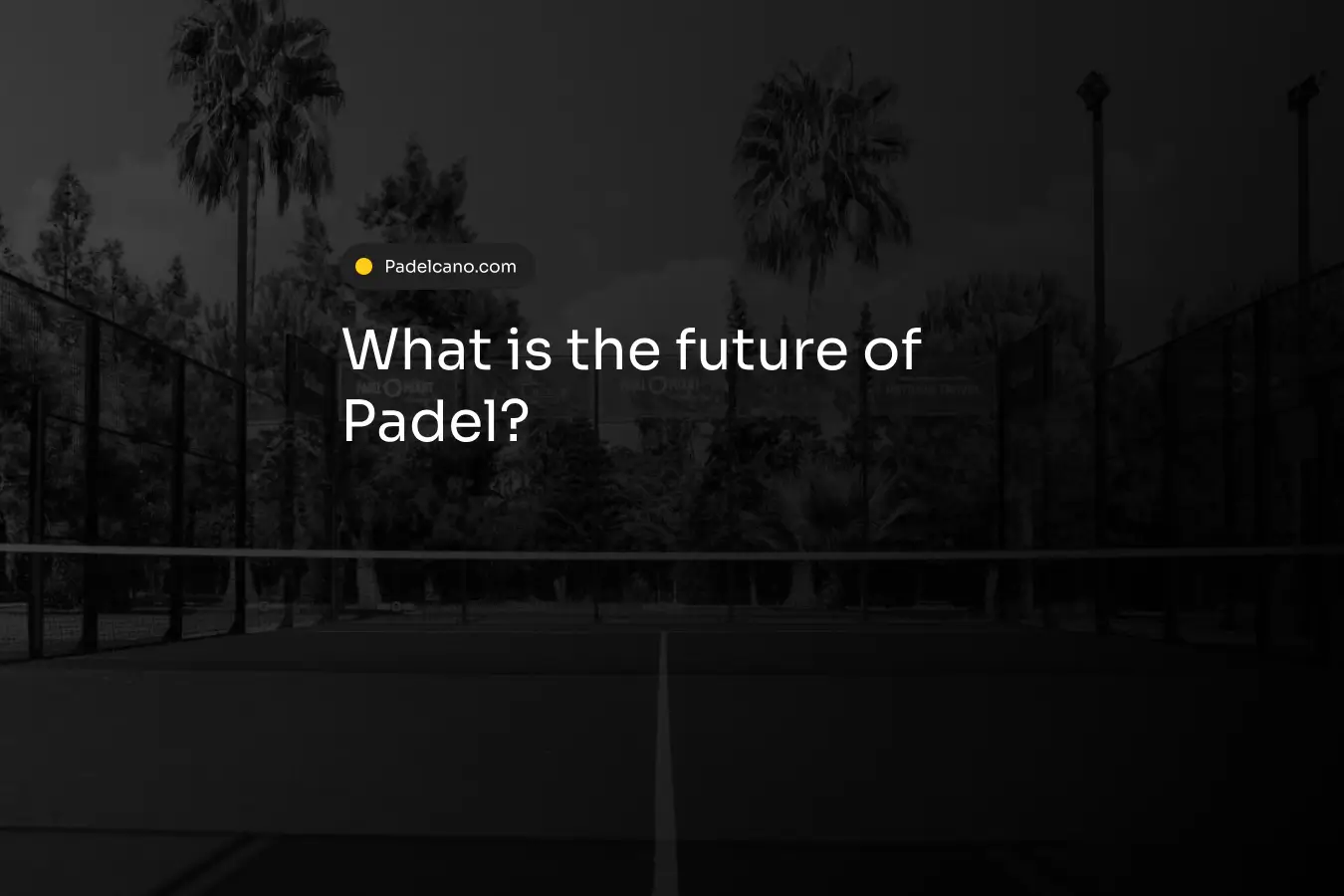
So, here’s the million-dollar question: What’s going to make people choose your club over the one down the road? Because make no mistake, they’ve got options. You’ve got to give them a reason to come to you, and more importantly, a reason to keep coming back.
The mistake most clubs make? They think differentiation is optional, something you can slap on later once you’ve got the basics sorted. Nope. Differentiation is everything. If you’re just like everyone else, you’re not giving people a reason to pick you. You need to stand out, and I don’t mean in some superficial, “we’ve got a cool logo” kind of way. I’m talking about offering something that genuinely makes you different and better than the competition.
Let’s start with the obvious stuff: coaching. If you want to attract a loyal base, offering top-tier coaching can be a massive differentiator. People don’t just want to play; they want to get better. And if your club is known for having the best coaches in town, players will flock to you. Maybe that means hiring a former pro or having specialized training programs for every skill level. Whatever it is, if you’re offering coaching that’s better than what people can get elsewhere, you’ve already set yourself apart.
But it doesn’t have to stop at coaching. Maybe you become known for running the most unique and exciting events. Let’s face it, tournaments are great, but they’re not that unique. What if your club became known for hosting crazy-themed tournaments or weekly social nights that are the must-attend events in the local padel community? Think outside the box. Maybe you have a glow-in-the-dark padel night. Or a “Doubles and Drinks” event where every match is paired with a cocktail. Get creative. People love events that are fun, social, and a little out of the ordinary.
And here’s another thing a lot of clubs overlook: the social atmosphere. You might not think this matters, but let me tell you, it’s huge. Some of the best clubs aren’t just places to play—they’re social hubs. They’ve got the best hangout spots, where players can chill after a match, grab a drink, and talk smack about that epic rally. Maybe they’ve got a killer lounge area or a patio where people can kick back and relax. Hell, maybe they’ve even got live music on Friday nights. Point is, if your club is a place where people don’t just play but hang out, you’re going to create a sense of loyalty that other clubs just can’t compete with. It’s not just about the court experience; it’s about the off-court experience too.
Now, let’s talk about the vibe. This is where you really set yourself apart. Is your club the kind of place where people feel like they belong the moment they walk in? Or does it feel cold, like just another transactional business? The vibe is something you can’t fake. It’s built through the atmosphere you create, the friendliness of your staff, the way people are treated when they walk through the door. If your club has a welcoming, inclusive vibe—where beginners feel just as comfortable as seasoned pros—you’re going to win people over without even trying. People will talk about that. They’ll tell their friends about the time they were new to the sport and your club made them feel right at home. And word of mouth? That’s marketing gold.
The key here is to think about what your club offers that others don’t. Maybe you’ve got the best facilities—state-of-the-art courts, locker rooms that don’t smell like a middle school gym, or a pro shop that actually stocks the gear players want. Maybe it’s the attention to detail—things like offering towel service, or having water stations that actually work, or even a digital booking system that’s so easy to use, people rave about it. These little touches add up. They might seem small, but together they create an experience that feels premium. And that’s the kind of experience people pay for—and come back to.
The challenge is to lean into what makes your club unique. Don’t try to be everything to everyone. That’s how you end up blending in. Instead, find your niche, your angle, and own it. Maybe you’re the club known for its inclusive vibe, where everyone, from absolute beginners to semi-pros, feels welcome. Or maybe you’re the place that’s hyper-competitive, where serious players go to sharpen their skills and push themselves. There’s no one right way to do it, but there is a right way for your club. Find what that is, and go all in.
It’s like being a restaurant in a city full of restaurants. You can’t just serve food and hope people come. You need to figure out what makes your restaurant special. Maybe it’s the best pizza in town, or maybe it’s the fact that your waiters sing opera while they serve. Whatever it is, it’s got to be something that makes people remember you. The same logic applies to your club. What makes people talk about your club when they’re out with friends? What makes them choose you over every other padel club out there?
You want people to walk away from your club and say, “That place is different. That place is special.” You want to create something so memorable that when they think about padel, they think about your club first. And it’s not just about the tangible things like coaching or facilities. It’s the intangible stuff—the way your club feels, the way your staff interacts with members, the energy in the air when a match is happening. That’s what sticks with people. That’s what gets them to come back.
So, if you want to stand out, you’ve got to figure out what makes your club different and amplify it. Make it your signature. Make it the thing people can’t get anywhere else. Because in a crowded market, being “just another club” is a one-way ticket to mediocrity. You’ve got to be the club. The one everyone’s talking about. The one that’s not just playing the game but changing it.
Don’t Forget Marketing
Even the best clubs can struggle without effective marketing. People need to know your club exists. You could have the most beautifully maintained courts, a stellar community vibe, and killer events, but if people aren’t aware of your club, it’s game over. That’s where marketing comes in, and trust me, it’s not just something you can tack on at the end. Marketing is what takes all your hard work and puts it in front of the right people. And if you’re not doing it right, you’re leaving money—and members—on the table.
Here’s the harsh truth: relying solely on word of mouth is like bringing a paddle to a gunfight. Sure, it’s important, and yeah, it’ll get some people talking, but it’s not enough to grow your club into the powerhouse it could be. You need a real, effective marketing strategy. And in today’s world, that means you’ve got to dominate the digital space.
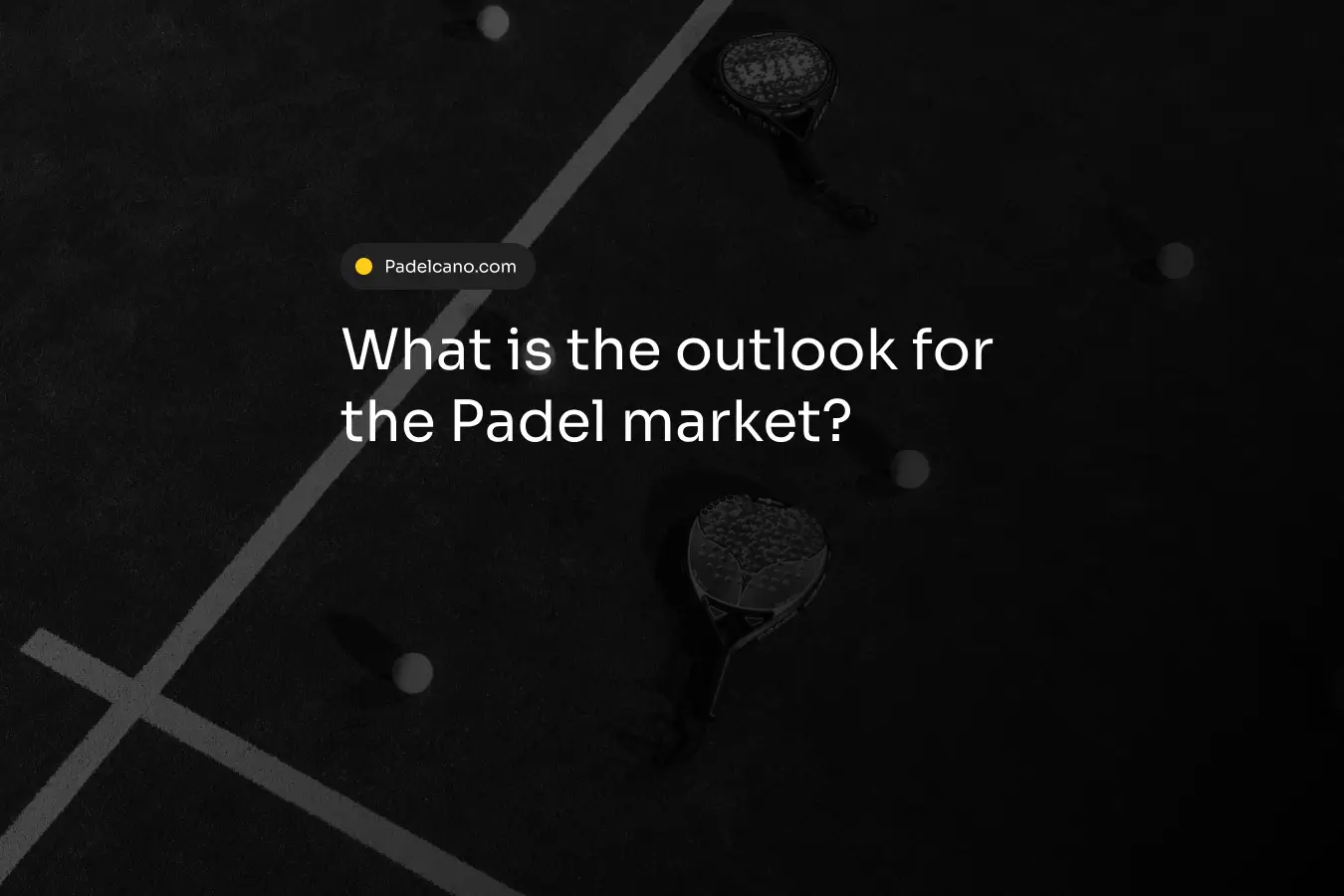
First off, social media. If your club isn’t on Instagram, Facebook, and possibly even TikTok (yes, TikTok), you’re missing out. These platforms are where your potential members are hanging out. They’re scrolling, they’re looking for cool stuff to do, and they’re making decisions about where to spend their time based on what they see online. So, make sure they’re seeing you. Post regularly, and more importantly, post engaging content. Show off your club’s vibe, highlight your members, share behind-the-scenes stuff, and don’t be afraid to get creative with it. People don’t just want to see pictures of courts—they want to feel the energy of your club through their screens. Give them a reason to hit that follow button and, eventually, to walk through your doors.
But don’t stop there. Paid advertising can work wonders if done right. Platforms like Facebook and Instagram make it easy to target specific demographics—people in your area who are interested in sports, fitness, and social activities. You can get super granular with it, targeting based on age, location, interests, and even income level. The beauty of digital ads is that they’re scalable, meaning you can start with a small budget and ramp up once you see what works. Don’t underestimate the power of a well-placed ad that shows someone exactly what they’re missing out on by not being a part of your club.
Then there’s the good ol’ website. If your club doesn’t have a professional, user-friendly website, you’re behind the curve. This is your digital storefront, and it needs to reflect everything your club stands for. When potential members land on your site, they should immediately understand what makes your club special. They should see your events, your facilities, your community, and most importantly, how easy it is to book a court or sign up for a membership. The more seamless the experience, the more likely people are to get involved. And don’t forget about SEO (Search Engine Optimization). If your site isn’t optimized for search engines, you’re making it harder for people to find you. When someone types “padel club near me” into Google, your club better show up near the top.
And let’s not forget about partnerships. This is a massively underused strategy, but it’s incredibly effective. Partner with local businesses—gyms, cafés, even sports stores. Offer joint promotions, like discounted memberships for customers of a local fitness center or a free coffee for every new member at the café down the street. When you collaborate with other local businesses, you’re expanding your reach without doing all the heavy lifting yourself. Plus, it creates a sense of community beyond just the people who play at your club. You become part of a bigger ecosystem, and that’s priceless.
Email marketing is another tool you can’t afford to ignore. Build an email list of current and potential members, and send out regular updates about what’s going on at your club. This isn’t just about reminding people to book courts—it’s about keeping them engaged with your community. Share tips, event recaps, upcoming tournaments, member highlights—whatever keeps people feeling connected to the club, even when they’re not on the court. And don’t spam them. Make your emails valuable, something people look forward to reading rather than immediately deleting. Done right, email marketing can drive repeat business like nothing else.
But don’t stop at digital marketing. Local outreach still has its place. Attend community events, sponsor local sports teams, get your club’s name out there in the real world. Host free beginner sessions to get new players through the door and experiencing what your club has to offer. And here’s a hack: once they’ve had a great time, ask them to share their experience on social media or leave a review online. Word of mouth is still powerful, but in today’s world, word of mouth often starts digitally. A positive review or a glowing social media post can do wonders for your reputation.
The key to all of this? Consistency. You can’t just fire off a couple of Instagram posts and expect people to line up outside your club. Marketing is an ongoing effort, something you need to stay on top of week in and week out. It’s not just about getting people in the door—it’s about keeping them engaged, making sure they know what’s going on at the club and why they should keep coming back.
Here’s what it all boils down to: starting a successful padel club isn’t just about putting up courts and waiting for people to show up. It’s about crafting an experience, building a community, making smart business moves, and—most importantly—letting people know about it. You’ve got to do the groundwork, and that includes marketing. You can have the best courts, the best coaches, and the best vibe in town, but if nobody knows about it, it’s all for nothing.
So, get your marketing game on point. Put your club in front of the right people, show them why they should care, and keep them engaged long after they’ve joined. Do that, and you’re not just running a padel club—you’re building a brand. A brand that people will want to be a part of. And once you’ve got that, you’ve set yourself up for long-term success.
Bonus: Organize Padel Americano Tournaments
Let’s talk about something that’s becoming a massive hit in the padel world: Americano tournaments. If you haven’t heard of them—or worse, you haven’t organized one yet—then you’re seriously missing out on one of the best ways to get people involved, having fun, and raving about your club.
So, what’s an Americano tournament? It’s a super fun, fast-paced format where players constantly rotate partners, ensuring that everyone gets to play with and against different people throughout the event. It’s the ultimate equalizer—no more stacked teams or mismatched pairings. Everybody gets a shot to play with different skill levels, and it’s a brilliant way to foster that community vibe we’ve been talking about.
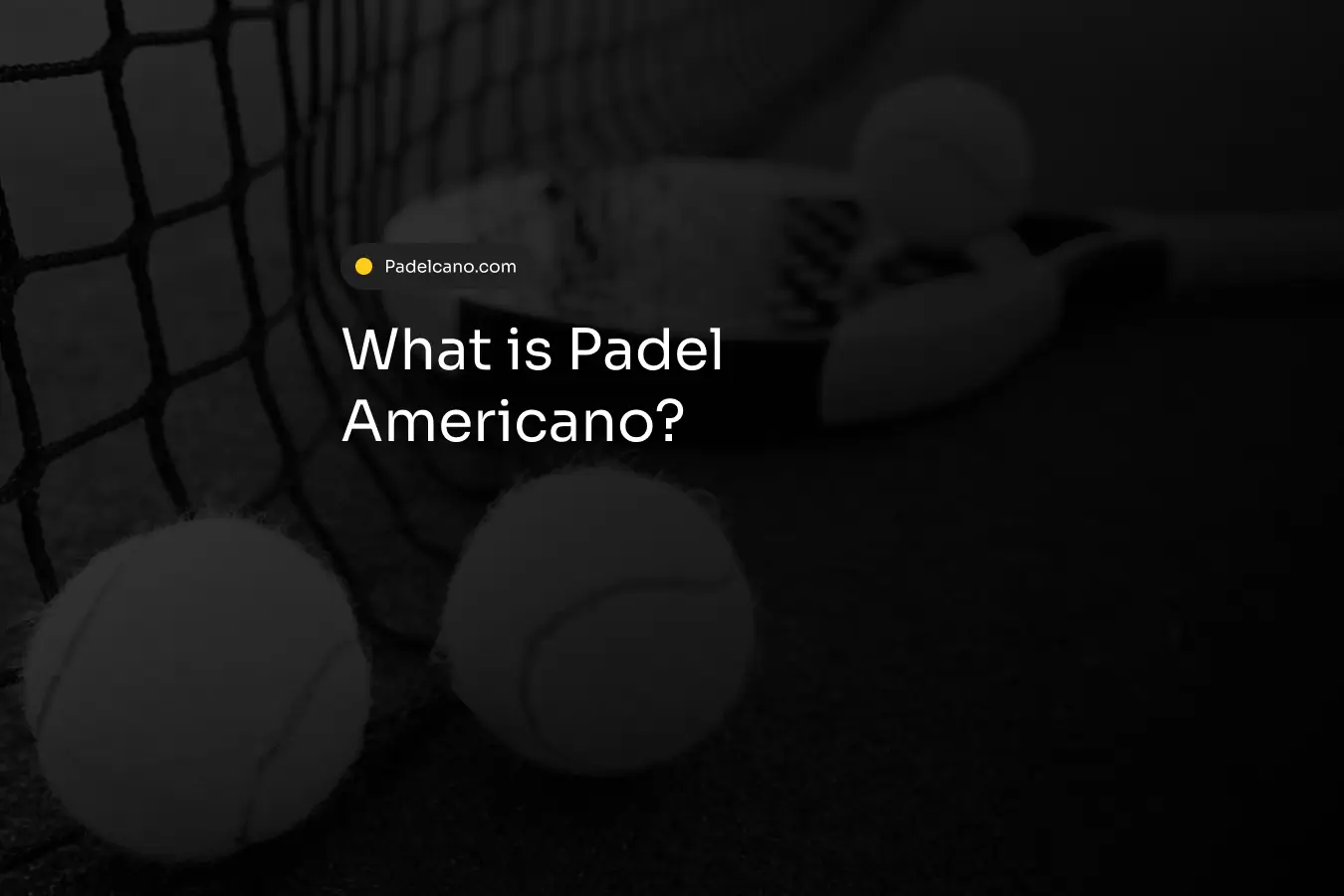
Hosting Americano Tournaments
Americano tournaments are perfect for clubs looking to engage all skill levels without making it overly competitive. Beginners get a chance to play with experienced players, everyone gets lots of games in, and most importantly, no one feels left out. The format keeps things light, fun, and inclusive, which is exactly what you want if you’re trying to build a sense of community around your club.
Plus, these tournaments have a built-in social aspect. Since players rotate partners, they’re constantly meeting and interacting with new people. By the end of the tournament, everyone’s swapped stories, shared laughs, and probably planned to come back for the next one. In short, Americano tournaments are community-building gold.
But—and this is a big but—organizing them can be a logistical nightmare if you don’t have the right system in place. You’re juggling court schedules, player rotations, ensuring that nobody plays the same partner or opponent too many times, and keeping track of scores. The more players you have, the more complicated it gets. Trust me, trying to run it manually with a pen and paper? You’ll lose your mind.
That’s where the Padelcano app comes in.
Make Americano Tournaments schedules simple
Enter the Padelcano app, your new best friend when it comes to organizing flawless Americano tournaments. This app is specifically designed to take the headache out of tournament planning and execution, leaving you free to focus on what really matters—creating an awesome experience for your players.
Here’s how it works:
- Input Players and Courts: You simply input the number of players and available courts into the app. Padelcano then generates a schedule for you, ensuring that players rotate through different partners and opponents as smoothly as possible. No more awkward repeat matchups or standing around trying to figure out who’s supposed to play next.
- Automatic Scoring: The app also handles the scoring for you. Players just need to report their results after each match, and the app keeps track of everything. No more scrambling to update a scoreboard or worrying about losing track of who’s winning.
- Randomization with Control: One of the coolest features of the Padelcano app is that it adds randomness to court and partner assignments while making sure the rotations stay balanced. You don’t have to worry about someone getting stuck with the same partner or on the same court over and over again. The app shuffles everything up while maintaining fairness.
- Real-Time Updates: Another headache solved by Padelcano? Real-time updates. If someone can’t make it or needs to leave early, the app can adjust the schedule on the fly, keeping things moving smoothly. You’re not scrambling to re-arrange matchups or worrying about throwing off the flow of the tournament.
- Player Experience: And let’s not forget the players’ side of things. With the Padelcano app, participants can see the schedule and track their own progress right from their phones. It’s a sleek, modern touch that makes your tournament feel organized and professional, not to mention it cuts down on confusion since everyone knows exactly when and where they’re playing.
Why use Padelcano?
The biggest reason? It saves you time and stress. Running an Americano tournament manually is like herding cats. There are too many moving pieces, and it’s easy for things to get chaotic fast. Padelcano takes care of the hard stuff—rotations, schedules, scores—so you can focus on creating a fun, engaging event for your members.
Plus, the app gives your club a tech-savvy edge. It shows your members that you’re organized, that you care about providing a seamless experience, and that you’re not afraid to invest in tools that make their time at the club more enjoyable. And that, right there, is how you differentiate your club from others.
Organize, Engage, Repeat
Once you’ve got your first Americano tournament under your belt, it’s time to make them a regular thing. These events are great for bringing people in, keeping them engaged, and building that all-important community. Whether you run them once a month, or even weekly, you’ll find that people start to look forward to them—not just for the padel, but for the connections they make.
And with Padelcano, you won’t dread organizing them either. The app will streamline the entire process, so you can focus on what matters: building relationships, having fun, and creating memorable experiences for your club’s members.
So, if you’re ready to take your club’s events to the next level, start organizing Americano tournaments and make the Padelcano app your go-to tool. Your members will love it, and you’ll wonder how you ever managed without it.
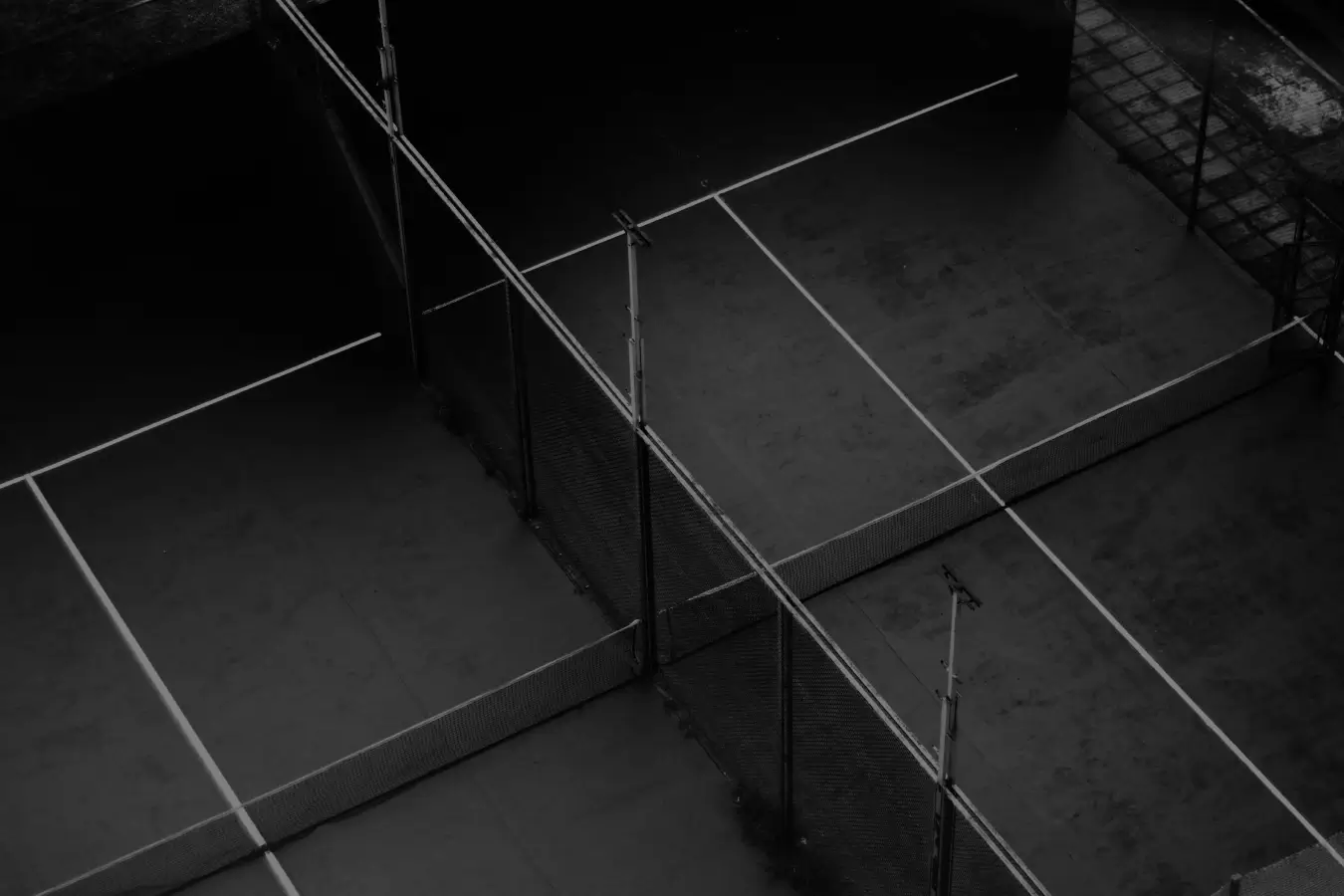




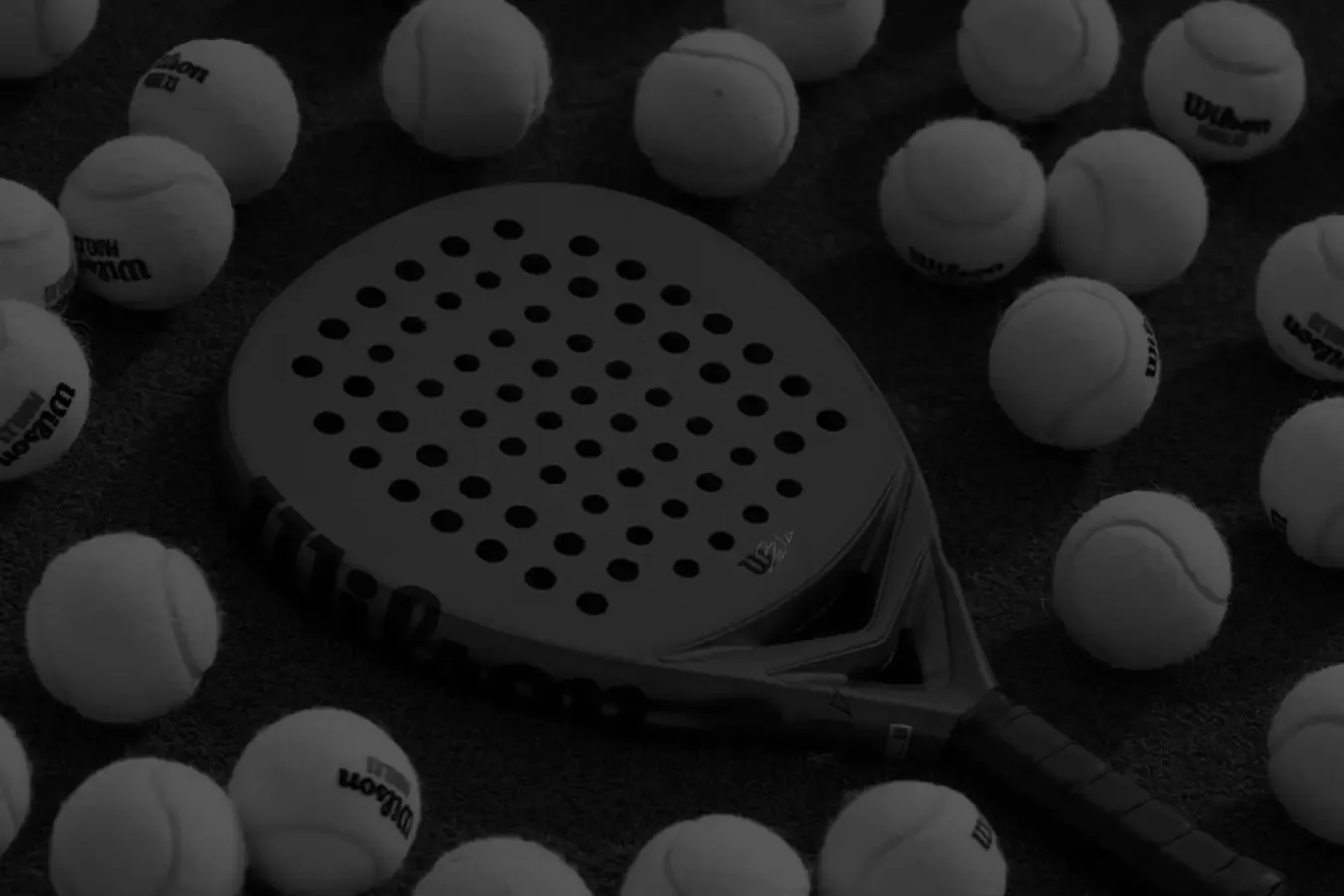
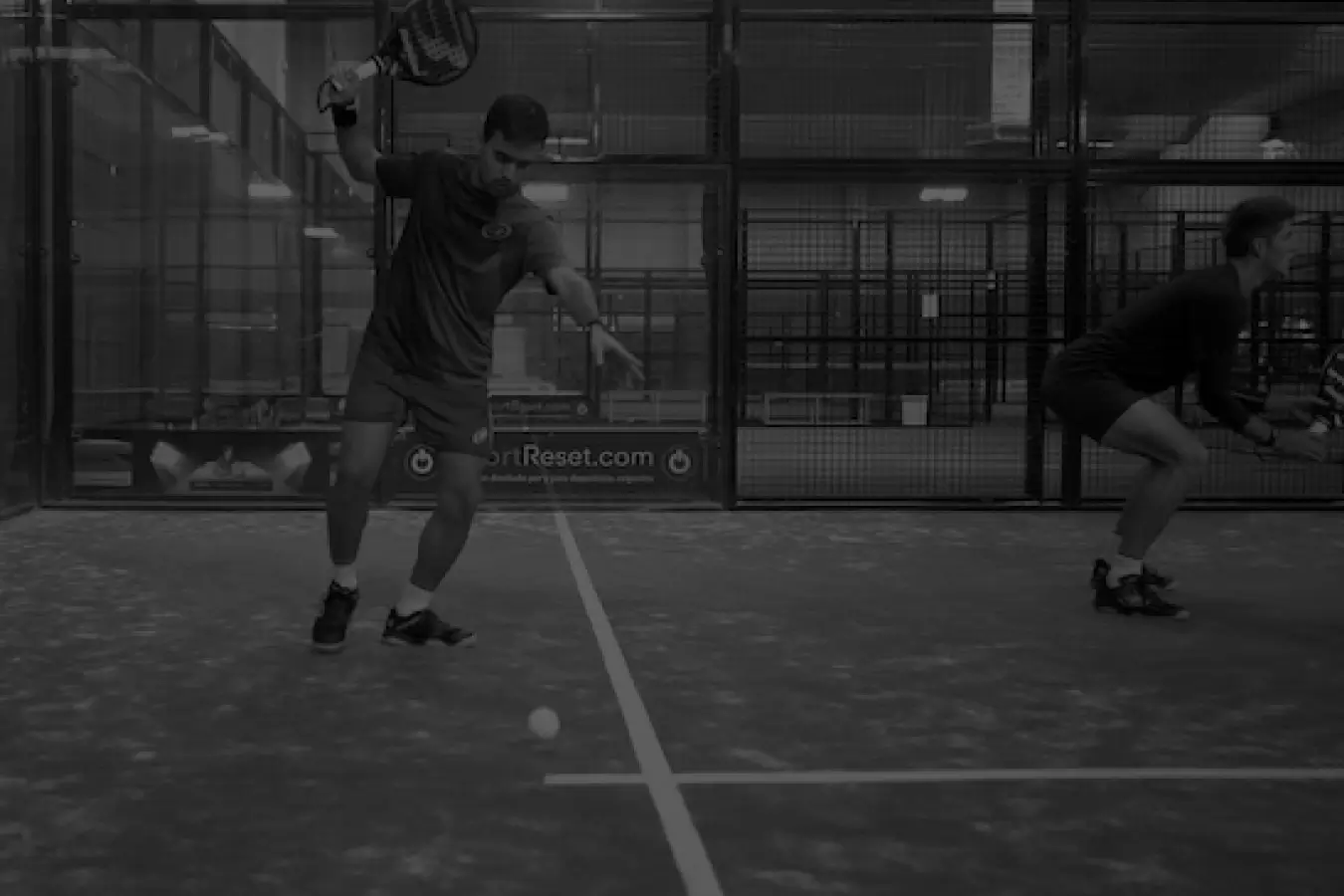
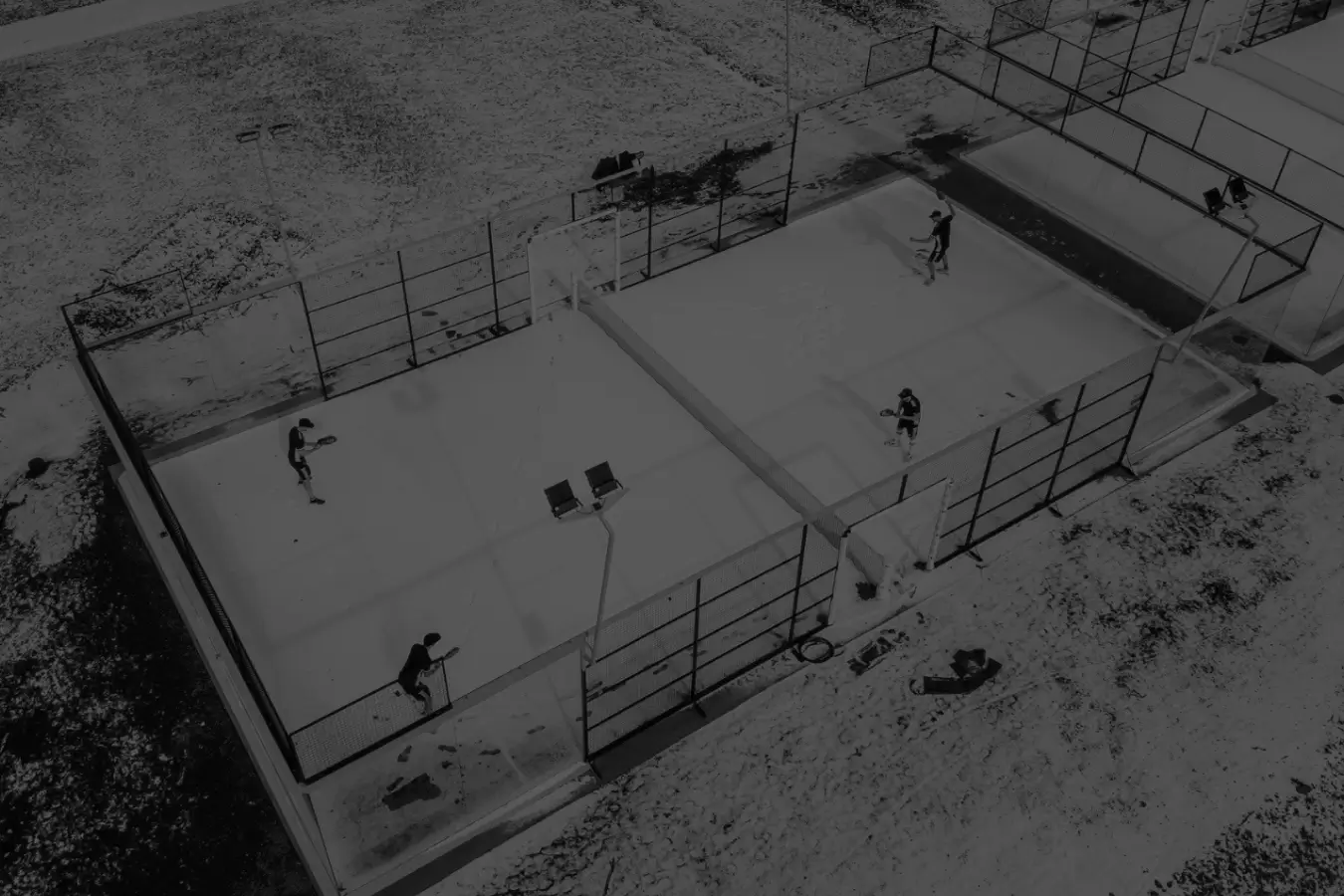
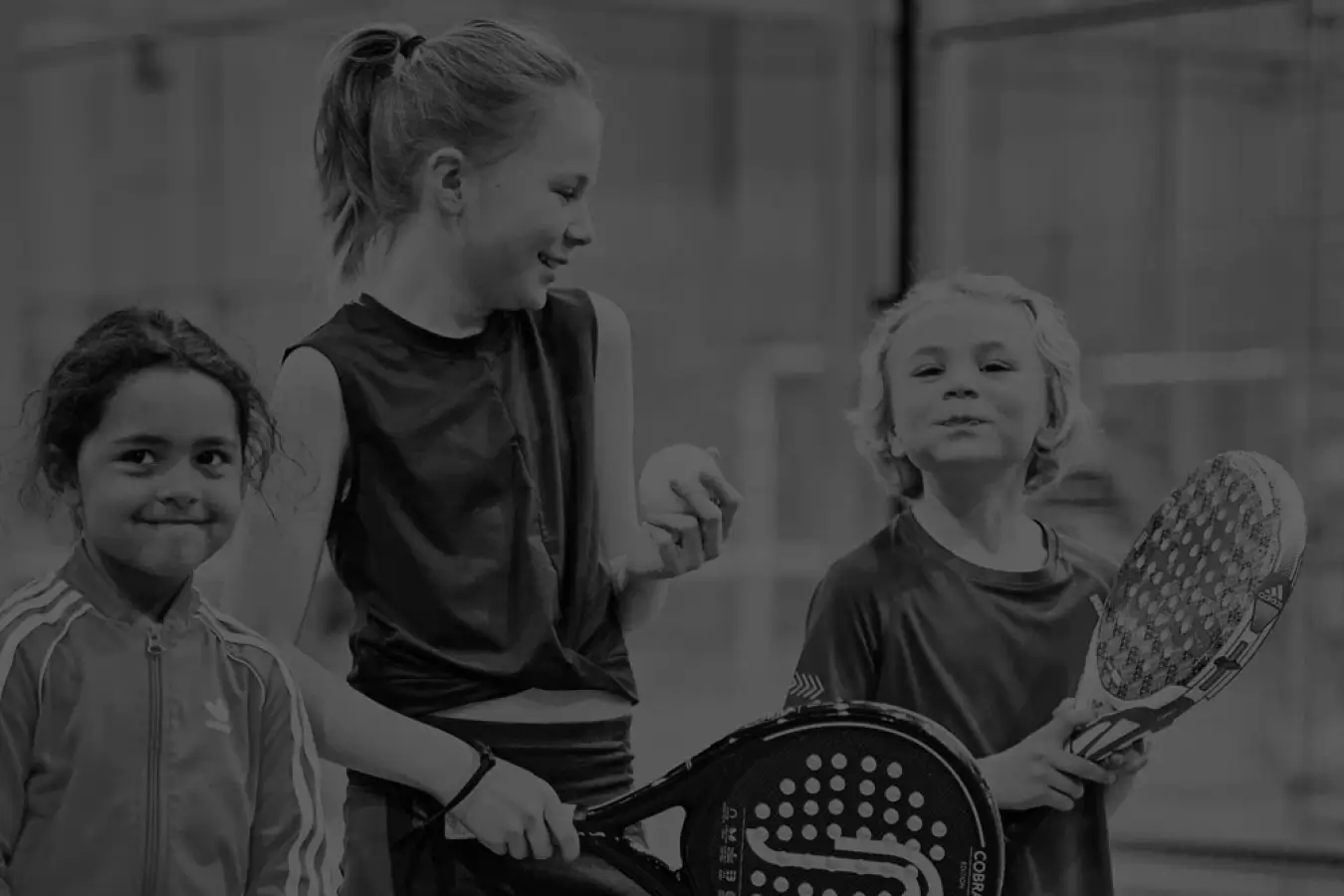
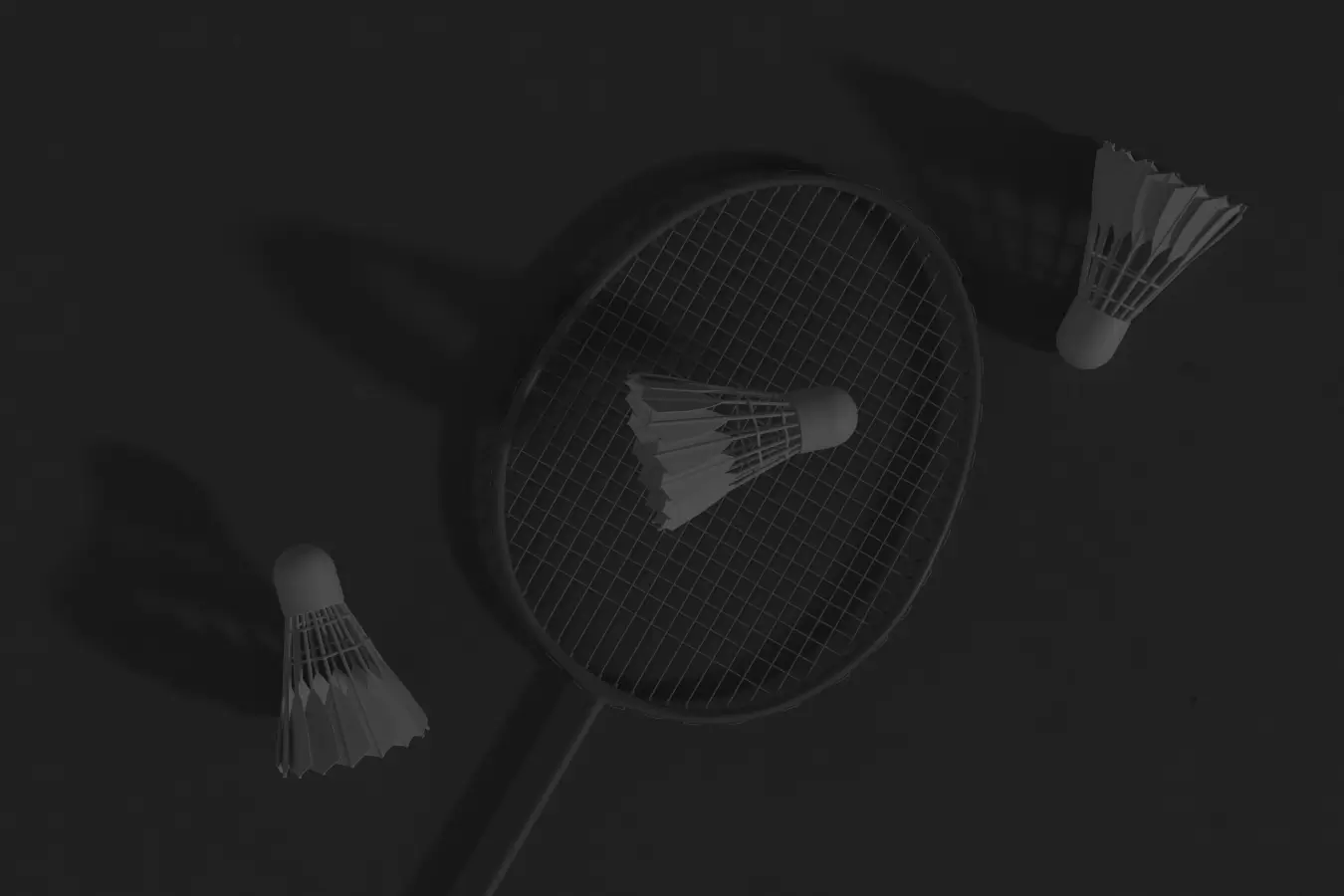
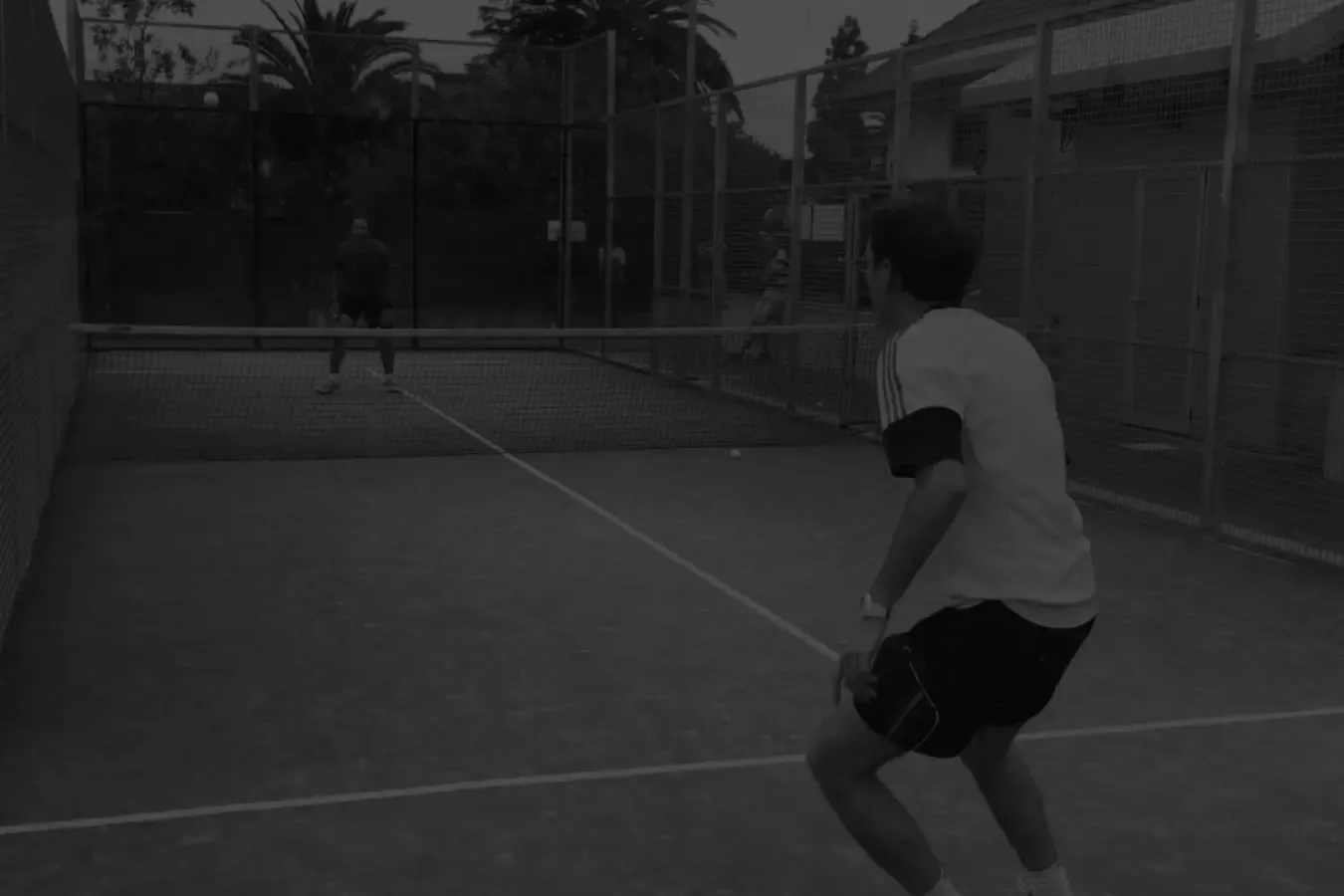
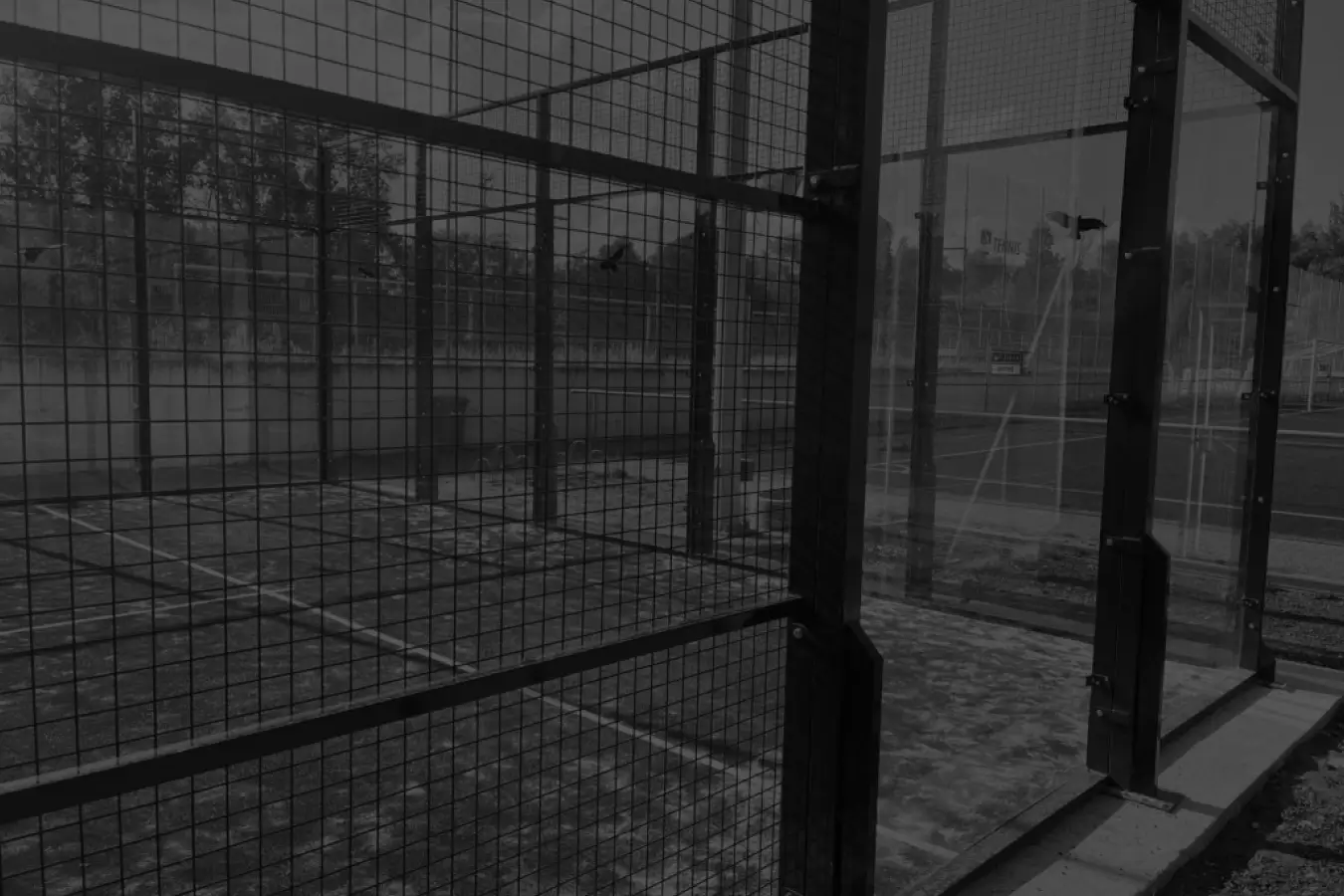

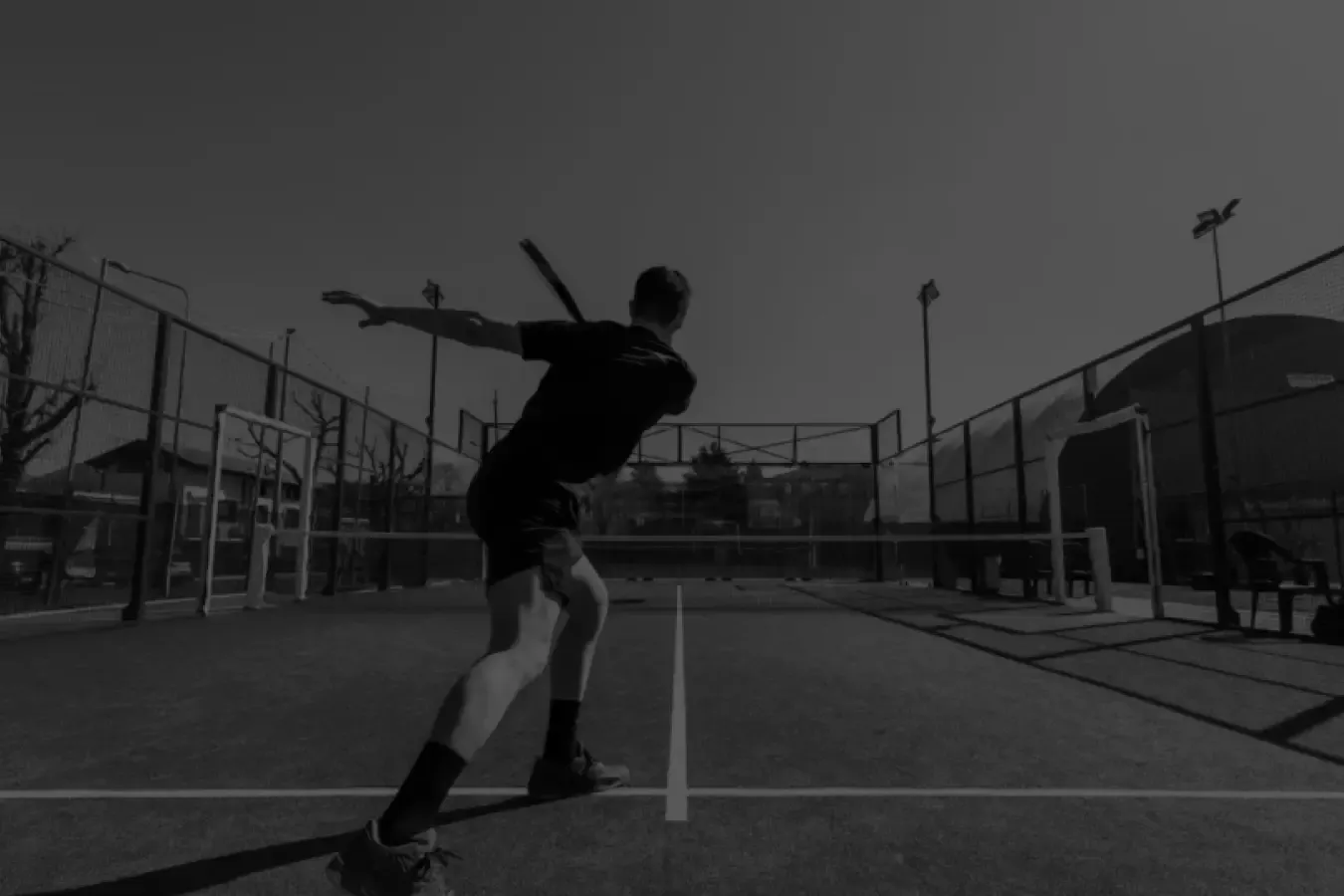
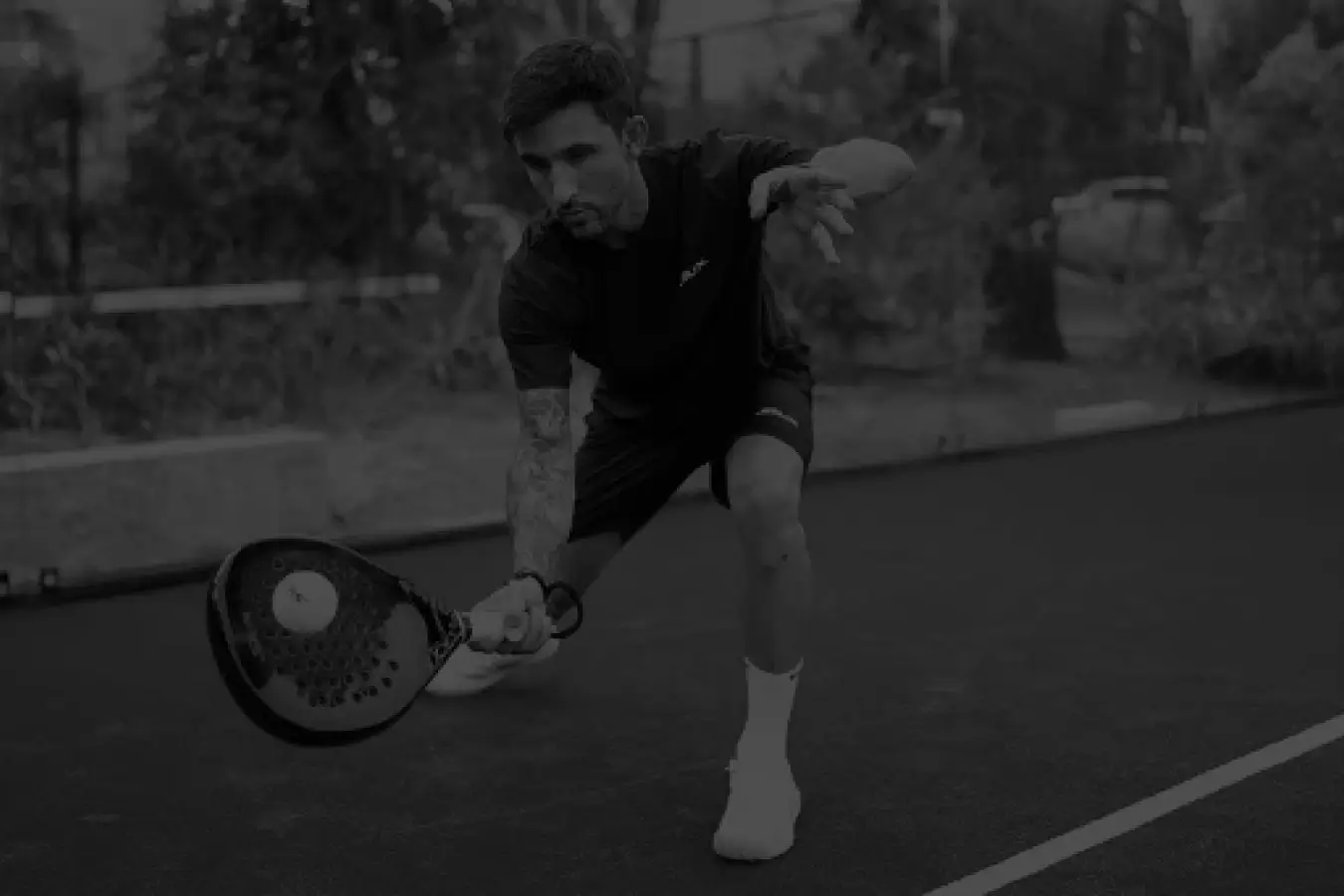
Discussion